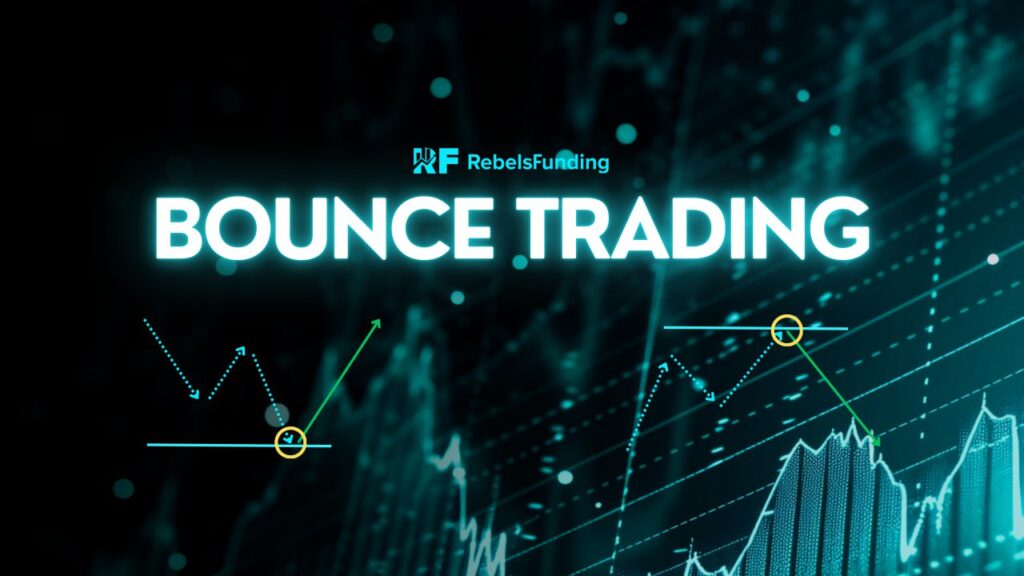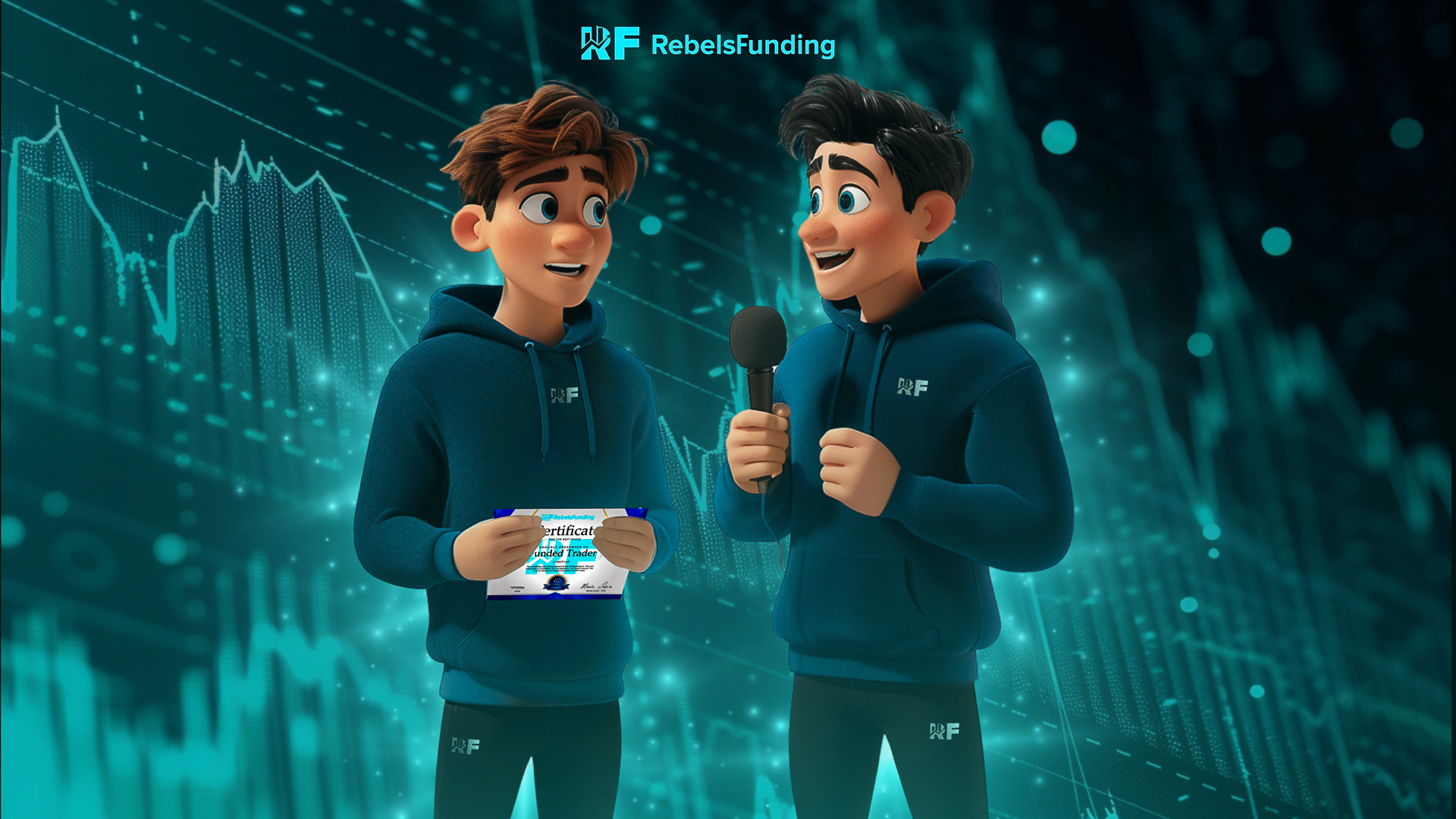What is Bounce Trading & How to Utilise it

Bounce trading aims to take advantage of price reversals (or “bounce”) that occurs at a support or resistance level.
We will look at how this strategy works, how these key levels can be identified and traded:
How the bounce strategy works
The fundamental principle behind the bounce strategy follows the logic that if a price repeatedly dropped or went up to a specific level (support /resistance) and “bounced” back in the past, then it would potentially do the same thing in the future if it touches that level again.
Tools for the identification of support & resistance levels for bounce trading
Trendlines: This is a straight diagonal line drawn by connecting consecutive (two or more) price highs or lows.
In an uptrend, it shows a future support area, and a potential resistance in a downtrend.
Moving Averages: We can use the MA line to identify support and resistance levels.
It can help us identify these levels by showing where the price of the asset tends to bounce off on the moving average line.
Fibonacci retracements levels: With fib numbers, we can spot where support and resistance are likely to occur.
Chart patterns: (Chart) formations like double tops/bottoms, wedges, head and shoulders can also suggest potential reversals in the market.
How to approach bounce trading in different market conditions
1. Trending Market: Focus on identifying pullbacks or retracements within the trend. Use Fibonacci retracements to determine potential support and resistance areas.
Employ MA to confirm trend direction and spot potential reversals. Draw trendlines to define the overall trend and label support and resistance zones.
2. Consolidating Market: Wait for a breakout from the consolidation range. Establish support & resistance levels within the range and trade accordingly.
Wait for a clear breakout above resistance or below support to enter a trade. Use volume analysis to confirm breakouts and identify potential false breakouts.
To successfully trade the bounce, you must either wait for it to first happen or you anticipate:
(Anticipating the bounce can be more effective in consolidating markets, while waiting for it is often a safer approach in trending markets).
(A) Anticipate bounce: You want to look for signs of weakness or exhaustion in the price action near that your key level. Confirm the sign with bullish or bearish candlesticks (or oversold/overbought conditions).
When these signals agree with each other, it may be a good opportunity for a long or short entry with the anticipation that the price will bounce off the support and rise or bounce off the resistance & fall.
Advantages:
- Potential for higher profits.
- Reduced risk of missing the opportunity.
Disadvantages:
- If the price fails to bounce and continues in the same direction, you could incur losses.
- Requires a higher level of confidence in your analysis.
(B) Wait for the bounce to happen: Alternatively, if you want to play safe, you can decide to wait for price to bounce off your support or resistance level before you enter the market.
Trade right after the bounce, when reversal is visually obvious.
Benefits:
- By waiting for the price to first bounce, you can reduce the risk of entering a trade that may not materialise.
- This approach is generally easier to implement, as it doesn’t require as much technical analysis or market understanding.
Drawbacks:
- If the market bounces quickly and strongly, you may miss out on the initial part of the move.
- Delayed entry.
Bounce trading is an easy to adopt technique, but not without risks. False breakouts and market volatility can lead to losses.
Thus, a disciplined approach & risk management are necessary for success.



